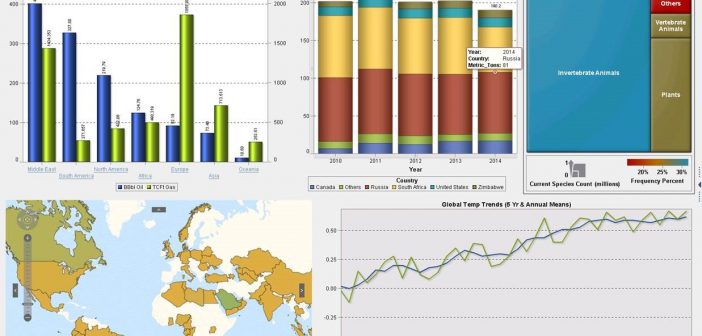SAS Voices
News and views from the people who make SAS a great place to work
As the age old idiom goes, the early bird gets the worm and the early adopter gets the break. New technologies give clear advantages to those organisations that figure out before their early-adopting competitors how to use them effectively, an advantage that recedes as others catch up, and the technology

Well, folks, I think it’s time to hang up my harness. Since 2008, I’ve navigated the pathways of SAS, visited some great places throughout North America, and taken the best care I could of my friend Ed. But 7 years is a long time (especially in dog-years). So I’m graciously

Profitable growth is at the forefront of manufacturing executives’ minds¹. The math is simple: increase revenue and decrease costs. Easy, right? Unfortunately, getting there isn't that simple. The good news is that analytics can help. The better news is that there’s a new place for manufacturers to discover analytic best

Happy Earth Day, earthlings! As an outsider observing your planet, with absolutely no nefarious intentions whatsoever, I have to say you have a pretty good thing going there. I was sent by the leading…scientists on my planet, Kahnquur-7, to learn more about Earth, its dominant life form (yay, humans!), its

“There’s no such thing as information overload - there is only filter failure”. ~ Internet scholar Clay Shirky Information overload is not just a recent phenomenon, it entered into human experience in the middle of the 15th century with Gutenberg and his printing press, and we’ve been devising ways to cope

Analytics as it pertains to the employees and the workforce is taking the industry by storm. Recently, I read an article in the Wall Street Journal about how companies are harnessing the power of analytics to help them identify staff who are likely to leave. In the past few weeks





